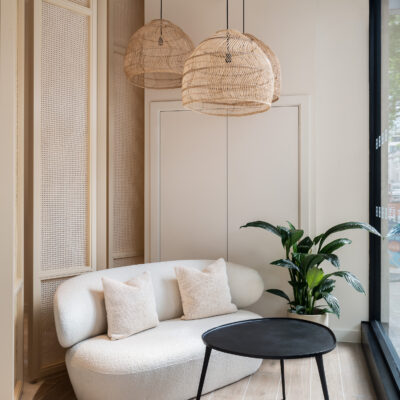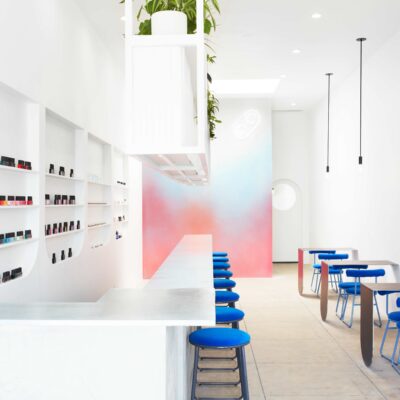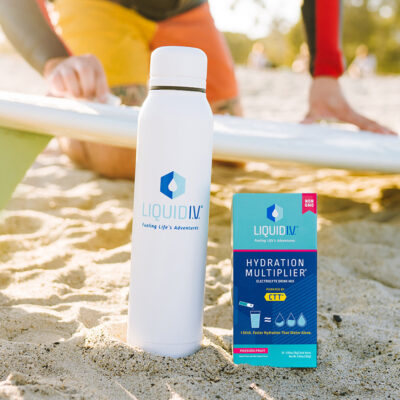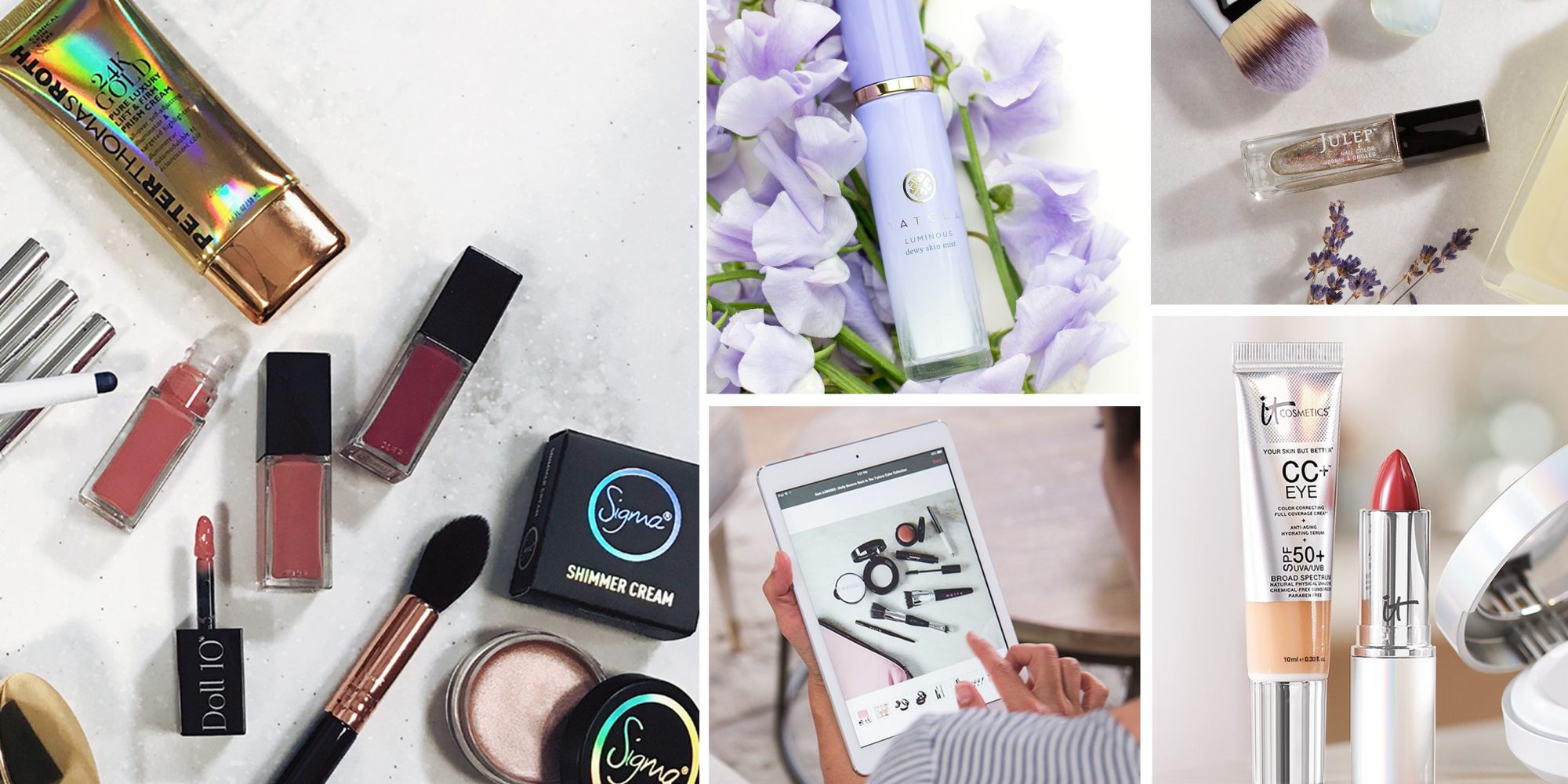
Not So Fast Amazon: Qurate Retail Group’s Rob Robillard Has Bold Ambitions To Make Beauty Bigger Than Ever At QVC, HSN and Zulily
Rob Robillard has tackled more sides of the beauty business firsthand than possibly any other beauty executive. He’s held roles at established brands (Kiehl’s Since 1851) and emerging ones (Living Proof long before it was acquired by Unilever). He’s enmeshed himself in the organic sector (Nourish Organic and Promise Organic) and marketed conventional merchandise (L’Oréal Paris). He’s touched skincare, haircare and color cosmetics. Robillard’s expansive 20-year beauty industry resume prepared him for the expansive position he now holds at Qurate Retail Group as vice president of integrated beauty for QVC, HSN and Zulily. Across the three shopping pillars, his task is to boost beauty sales and cultivate unique assortments. “The world isn’t getting less competitive. It’s getting more competitive. Whether it’s with our existing partners or new partners, we have to make sure the customer sees us as a highly-differentiated platform, so she has a reason to come here versus other places,” says Robillard. “We are focused on new names and giving customers the brands they want, and a really compelling storytelling and community-building experience.” In a wide-ranging interview befitting his wide-ranging responsibilities, Beauty Independent chatted with Robillard about successful QVC pitches, the channel’s offshoot Beauty iQ, Zulily’s nascent beauty play, amplified digital marketing, the problem with ignoring women once they turn 45-years-old and why wigs are products to watch.
You joined QVC last year as vice president of buying for beauty after leading the much smaller companies Sensible Organics, ICU Eyewear and Living Proof. Why did you make that move?
About a year and a half ago, I made the personal decision to go back to a big company. My 10 years as an entrepreneur were fun, exciting and a roller coaster. I missed leading a large team, and the resources and scale that come from being at a big company. I got an email from [QVC chief merchandising officer] Doug Howe saying, “We’re looking to have someone come in and lead beauty from the outside. It’s going to be a senior role.” As soon as I saw the email, I said, “This is the job for me. I understand the indie community and can help them along the path to growth, and I have enormous respect for QVC.” I felt that, if I got the job, it would be like winning the lottery.
I originally started with QVC Beauty and, when the acquisition of HSN by QVC was announced last year, we made the decision that I would oversee beauty for both HSN and QVC because it made sense to have someone oversee beauty strategy for both platforms. We also thought that beauty would be a huge opportunity at Zulily, so the decision was made for me to take over beauty at Zulily as well.
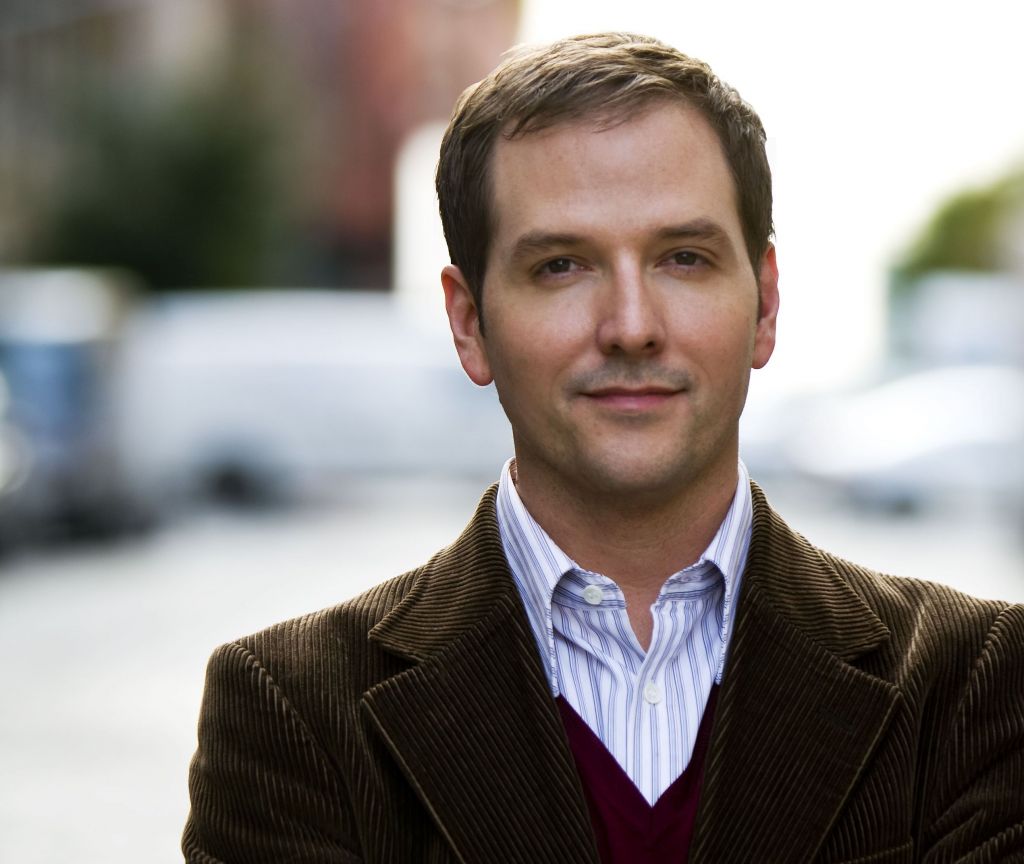
You have a really huge job.
We are a multiplatform storytelling, brand-building retail opportunity. All three [QVC, HSN and Zulily] have that in common. What I mean is that they have components of e-commerce, social selling and media selling. They have incredibly strong digital components. We do over 50% of our beauty business today on digital. They all have a strong social component as well when you think about Facebook and Instagram. The television or media component is about creating content that people love. When you apply all those components to beauty, there is no better platform to sell beauty products. Consumers are drawn to a narrative telling them they’re seeing something exciting and different from anything they’ve seen, and demonstrating the products to them.
The ability to educate consumers on our platforms is unparalleled relative to any other outlet a consumer could shop in. She gets to see how a product works and ask questions, and push our guests to offer answers. If you think about the retail landscape today, you certainly have brick-and-mortar, and it has a role to play for those times when women are interested in touching and feeling products, and talking to a live human being. There’s transactional commerce, which is about replenishment. We provide a third way to shop to connect with consumers and tell them stories. They spend an incredible amount of time with us.
How do you distinguish the beauty selections on HSN and QVC?
Right now, the current plan is to make sure we maintain differentiation between the two networks. Having them all of a sudden have the same assortments, and same look and feel wouldn’t create a one plus one equals three scenario. Beauty remains 100% exclusive to the platforms. If you are on QVC, you can’t be on HSN and, if you’re on HSN, you can’t be on QVC. We know our shoppers love both networks and, oftentimes, they will shop from both, so giving them a unique assortment on both allows us to offer variety to them. For new brands, what we have been doing is [figure out] what makes sense based on the need of each network. I might say we need brand X on HSN, and we don’t need it on QVC, so I’d send that brand down to HSN to see what HSN thinks. If it makes sense for both networks, we will have a meeting with both networks to think about where the biggest revenue opportunity is for us, and we will place the brand there.
Do most brands want to be on QVC because it’s bigger?
Interestingly enough, there are a lot of people that want to go on HSN versus come to QVC. There’s a risk-reward tradeoff. At QVC, the productivity expectations are so high. At HSN, because the productivity expectations are less, you have the chance to have more time to build the customer base up. There’s a long process at HSN, and that always has been the case and still remains to be the case. So, sometimes people prefer that to coming on QVC and hoping their eight minutes are a rocking success. They prefer the slow, steady build on HSN. But what works on both networks tends to be the same. A brand that’s going to work on HSN tends to work on QVC.
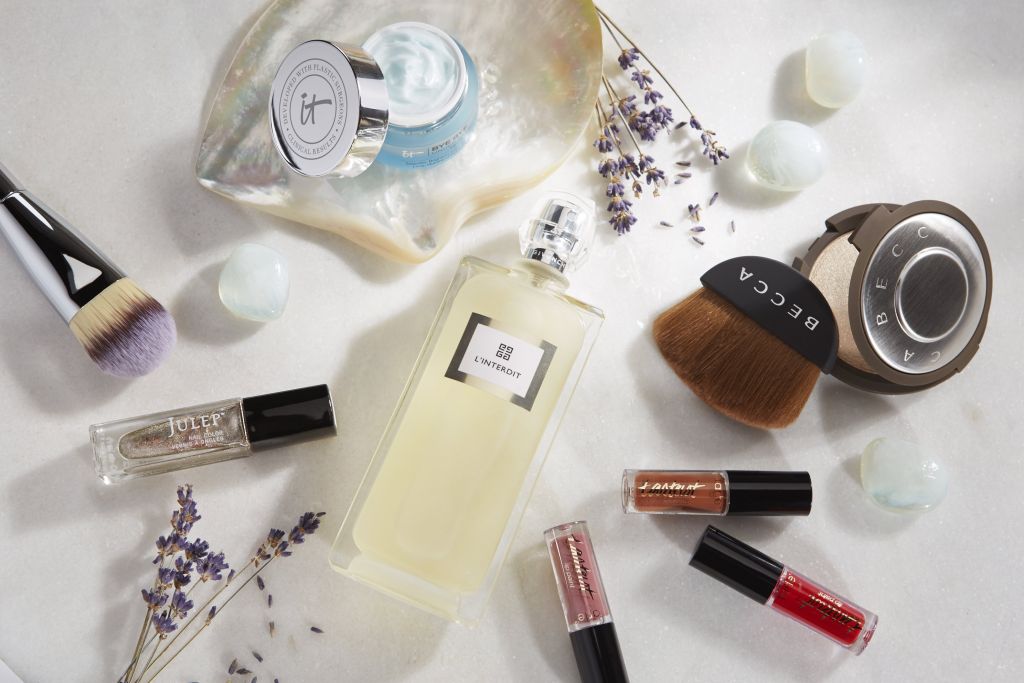
What advice do you have for brands pitching QVC or HSN?
First and foremost, do your homework on the platforms and what brands we sell. Gather as much as you can about what seems to work and what doesn’t seem to work. These platforms are unlike any other. You can have a really successful brick-and-mortar business, you can have a really successful direct-to-consumer business, but, unless you really understand our platforms and what works within them, you can fail. You want to walk into the room the first time understanding our business as best you can.
What I always look for is a compelling narrative. I tell everyone to start a presentation telling the brand story and how the brand came to be, and what really sets it apart from everything in this crowded beauty space. You have to have something that really stands out. In the natural, clean space, just being a natural, clean brand isn’t sufficient anymore. There are thousands of them now, so tell me how the consumer is really going to understand the point of difference you offer versus something else on the market.
The second thing I always look for is the product benefit. What do the products functionally do, how do they work, and how are you going to demonstrate that on air? We are a demonstrable network. We like to see how things work. So, how are you going to convince the consumer that this is something demonstrably different from what they have seen in the space? We also like to see a strong business plan. We love to build up indie companies, but we are also a big company with a lot of requirements. We need you to have the infrastructure to handle a QVC or an HSN.
What areas of opportunity do you see within the beauty segment?
There isn’t a category where we don’t think we have opportunity to bring innovation within both QVC and HSN. We tend to follow NPD trends. So, certainly, skincare is super hot right now. I think we have a big opportunity in color, too. Both of those are really big categories for us, and places where we are looking to bring in lots of innovation and ideas. We also have a very fast-growing and exciting faux hair business. That’s an emerging category for us that we’re continuing to build up because it’s a unique and different category for HSN and QVC. I think there’s always room for new stories. Our customers are beauty enthusiasts, and they always want new things.
QVC brought on a high number of new brands last year. Has it been bringing on as many new brands this year?
Last year was a banner year for new introductions partly because of the Beauty iQ platform. That 24-hour beauty platform required a lot of new additions, and we were going for a different profile than we would normally have gone for at QVC main channel. This year, we are scaling back because we don’t have a platform to fill.
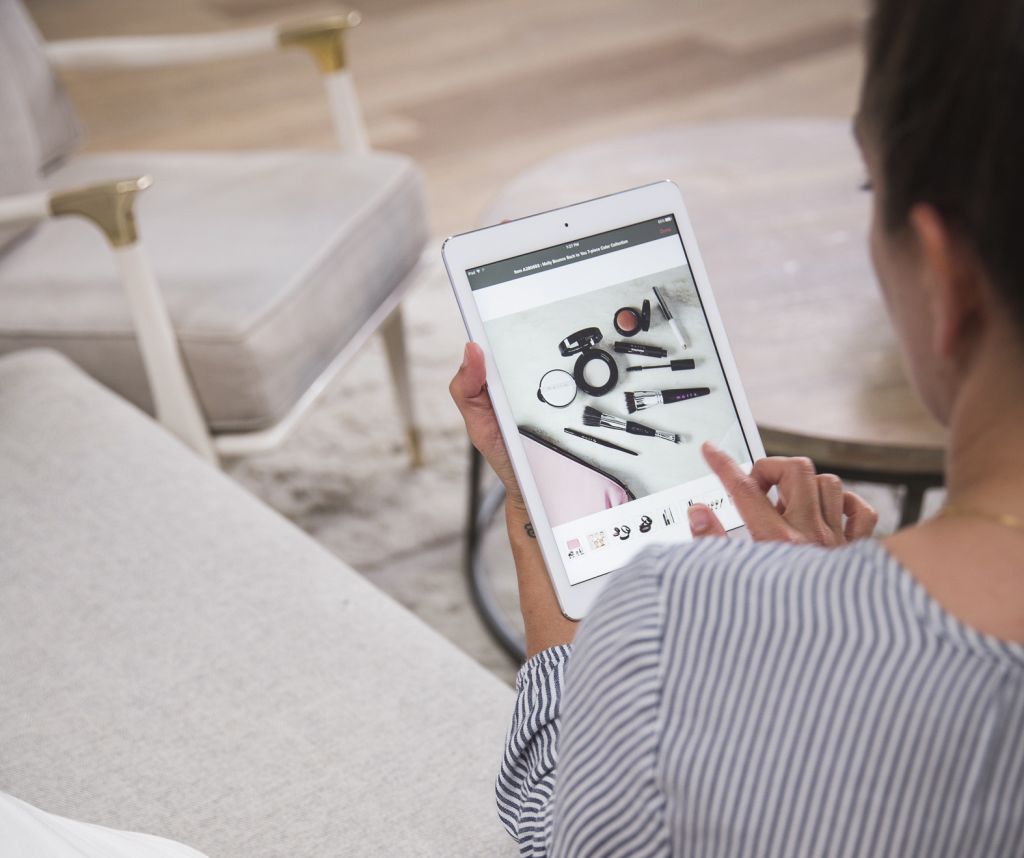
What’s happening with Beauty iQ?
It’s gone through a couple of iterations since it arrived. We have been able to test and try a lot on the platform. We are overall very happy about it. It’s a great way to offer our core customer a place to go if they are mostly interested in beauty. Originally, it launched with a YouTube style rather than what you’d typically see on QVC main channel. We did a bunch of research around that format and found that 20-minute tutorials were a little long for some folks. Our core customer missed the traditional format of guests and banter, and the relationship aspect of selling on QVC main channel. We have landed on a 3.0 version of Beauty iQ where we are doing a combination of classic selling with banter and relationships between the host and the guest paired with the tutorial format.
What role do you see beauty playing at Zulily?
What I love about Zulily is that it represents for the vendors and for the Qurate Retail Group a big incremental opportunity because the customer base is significantly younger. It’s generally millennial moms, not the 40-plus customer we have at QVC or HSN. It’s a chance for us and our vendors to reach a completely different audience. I also love it because beauty is a small percentage of the total Zulily business today, so it’s a growth opportunity for us and our brands. The best brands today at Zulily are nationally-recognized brands. If you think of the daily email model where you’re announcing events every single day, if a recognizable brand is in the subject line, that’s always the biggest driver. We are trying to work with larger nationally-recognized brands, both those we are working on at QVC or HSN and others we aren’t working with now to bring them on board.
You mentioned the strength of digital beauty sales. Can you elaborate more on the relationship between the digital and on-air businesses?
Clearly, television has an impact on our digital sales. I would be lying if I said it didn’t. For the next 18 months, we will be making a huge digital push. We are the number three e-commerce site in North America. So, you can imagine the traffic we are getting on a daily basis, and we could be selling more day in and day out digitally. We are focusing on the brands and items that we really want to drive digitally. If you think about certain brands that may not want to be on an on-air channel for whatever reason, those are brands we are now sitting down with and saying, “Let’s build a digital strategy and take advance of the fact that we have incredibly loyal customers.” Ninety percent of our customers stay with us after the first year. When she gets here, she wants to shop here, so let’s give her every brand she wants.
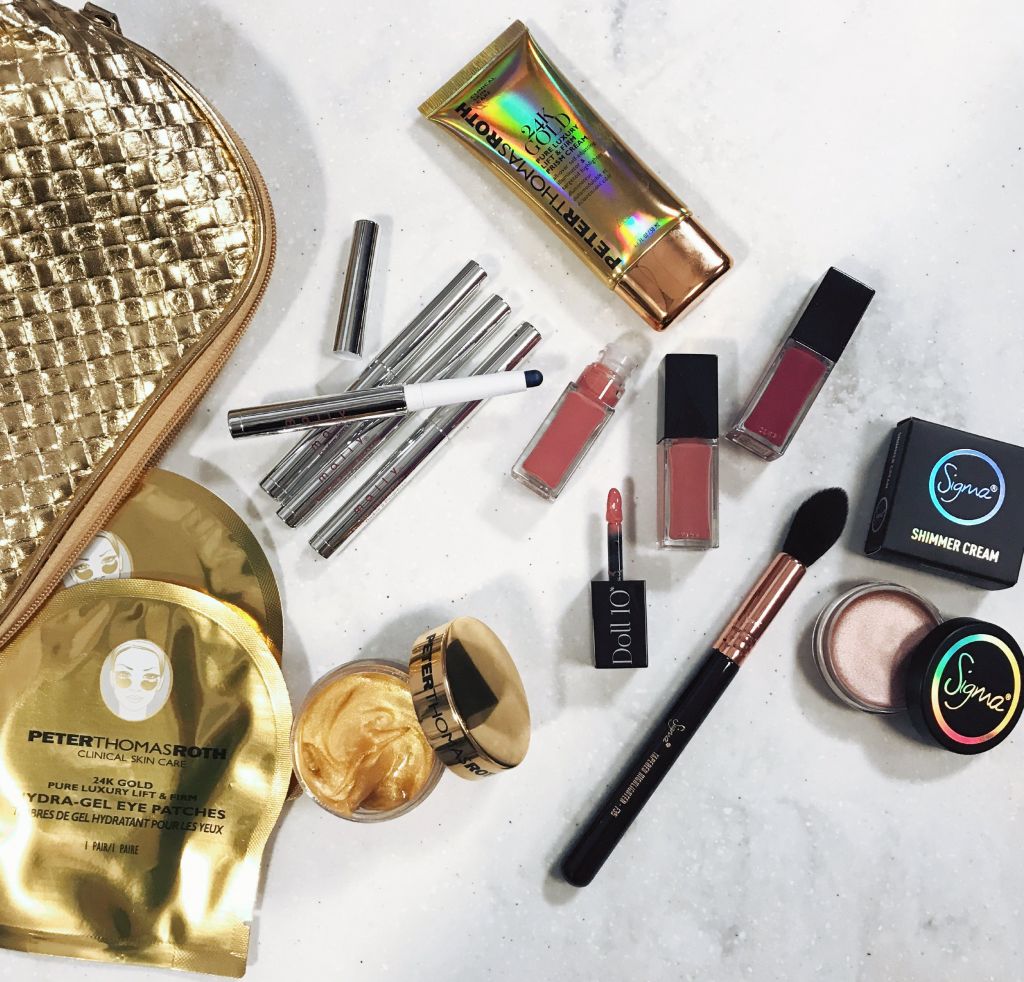
We recently spotted a QVC-sponsored post on Byrdie. Is that indicative of how you are promoting QVC’s offering digitally?
You are going to see a lot more push digitally around marketing. I would say an emerging, exciting thing for us is a major investment behind social selling. Instagram is a huge platform for us and will continue to be, which isn’t counter to anything other beauty companies have discovered. We are leveraging the power of Instagram advertising and shopping now. That’s been a big success for us. On Facebook, one of the things that’s working well is Facebook Live. Most of our QVC broadcasts are being put on Facebook Live, and the viewership of that is increasing dramatically month over month. We are also exploring a ton of alternative television platforms such as Roku and Apple TV. It’s important to us that we get people to tune into our content everywhere they are.
What challenges do indie brands encounter when making the leap to QVC or HSN?
The quality and legal requirements that come from being on FTC-regulated platforms are the biggest ones. If you launch a brand at Sephora or Ulta, you don’t have to substantiate anything you say on the package, but we require that. It’s partly because of the FTC regulation, but it’s also part of our commitment to customers to make sure the products are really good. Small companies don’t usually go through those hurdles. Many brands don’t know the basics about personal care products testing. It’s necessary to make sure you don’t have a sensitizing product on the market, and you should have that testing done because it’s the right thing to do. Outside of that, inventory requirements may not be enormous because a lot of the time we test and learn about brands as we go.
There always seems to be a lot of discussion about QVC’s older demographic and lowering the age of the platform’s audience. What are your thoughts on that?
One of the reasons I joined the company is I feel like the woman who is 45-plus is the forgotten woman. With everyone talking about millennials and gen Z, she’s become forgotten. By the way, she has a lot of money. She has a lot of stuff, and she likes to try new things. We love recruiting new customers, and beauty is recruiting new, younger customers to QVC, but I’m super happy to be looking for products that deliver for our 45-plus customer and giving her everything she wants. It’s a huge, huge opportunity for us. Everybody forgets how much money she has.
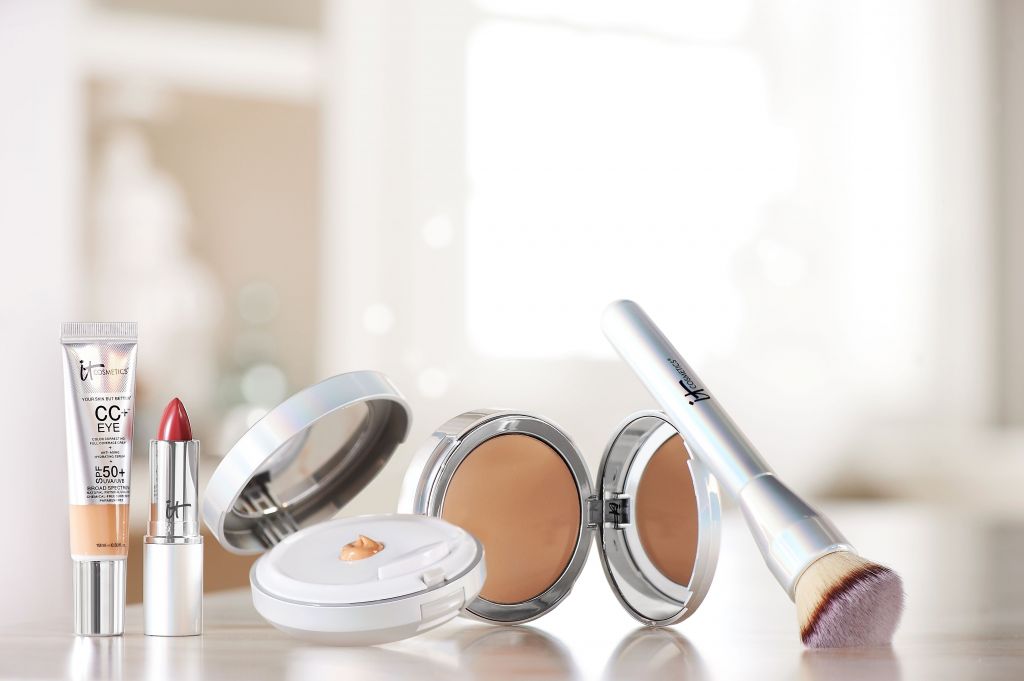
How has the QVC beauty consumer been changing?
She’s a little bit savvier than she was in the past. Our customer has probably been hit by the transparency trend in a slightly different way than it’s translating with natural, clean and green products. Our customer is savvy around the information she receives and wants to make sure what’s being said is true. She’s become more discerning, and that’s led us to be more rigorous in ensuring we are delivering the most efficacious claims that we’ve ever had. Value continues to be an important driver for purchases and, certainly, the world of beauty has gotten much more promotional in the last 12 months than it has ever been in its history because of Ulta’s constant push on value and Sephora’s reaction to that. The customer can be choosier in that way.
Before you were employed by QVC, you sold products on QVC. What was that like?
It’s very stressful. On a real-time basis, you get feedback about whether your concept, product and story resonates with the audience. I always found that so valuable, particularly when I had a business that was a combination of brick-and-mortar retail and QVC. I would immediately think about how to communicate my product story and message to the Sephora customer by coming on QVC and seeing how that message performed in real time. What was the phrase that got her to pick up the phone? Immediate feedback is really helpful for a marketer or product developer.
Beauty is the third-largest merchandise category at QVC. How big do you think it could get?
If I have my way, we will be number one. It’s a super important category for Qurate overall in so many ways. In terms of new customer acquisition, the beauty customer is the youngest new customer acquisition category that we have as a company. It’s the most prestige category within the Qurate Retail Group in terms of its price point, so it sets a great halo across the entire group. It’s also a great gateway category. I was brought in with the goal of driving dramatic growth in this category, and I want to do that.

